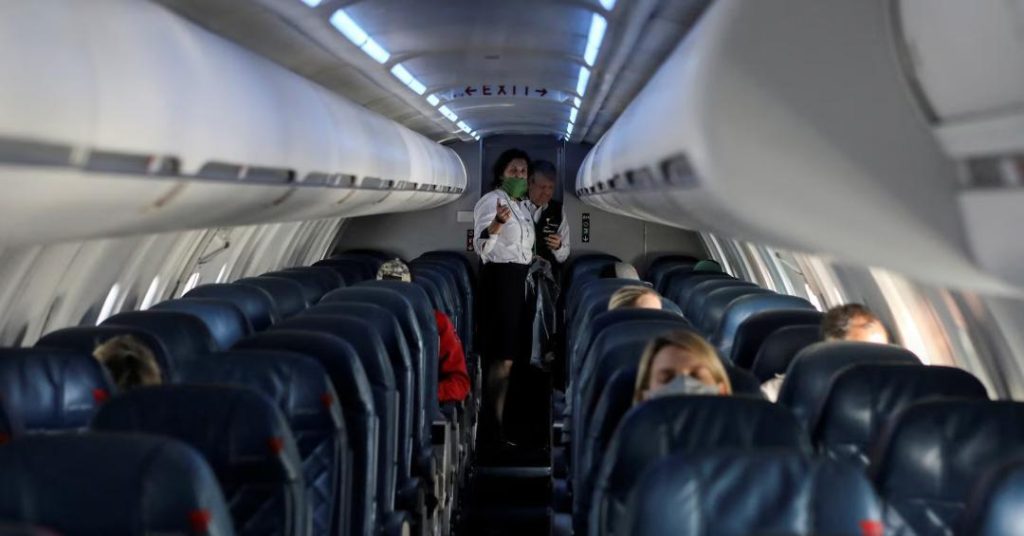
Pilot forced to perform ‘aggressive’ manoeuvre to avoid collision with B-52 bomber in US
In a heart-pumping mid-air incident, a Delta Air Lines pilot was forced to perform an “aggressive” evasive manoeuvre to avoid a collision with a B-52 bomber in US airspace. The dramatic incident took place on a recent flight, and a video captured the pilot’s astonishing account of the close call to passengers, who were left applauding his quick reflexes.
According to a report by Times Now, the Delta Air Lines flight was cruising through the skies when the pilot suddenly had to take drastic action to avoid a collision with the B-52 bomber. The pilot, who was not identified, explained the incident to passengers, saying, “There’s no radar here, so ATC does everything visually. Sorry about the aggressive manoeuvre, it caught me by surprise.”
The video, which has been circulating on social media, shows the pilot calmly explaining the incident to passengers, who are visibly shaken. As he finishes his account, the cabin erupts in applause, with many passengers expressing their gratitude for the pilot’s quick thinking.
The incident highlights the importance of vigilance and quick reflexes for pilots, particularly in situations where technology may not be available to aid in navigation. The B-52 bomber, a vintage military aircraft, is known for its distinctive shape and iconic design, but its presence in civilian airspace is relatively rare.
In an age where technological advancements have made air travel safer and more efficient, incidents like this serve as a reminder of the human element involved in aviation. Pilots must rely on their training, experience, and instincts to navigate unexpected situations, often with no margin for error.
The incident has sparked a lively debate among aviation enthusiasts, with many praising the pilot’s skills and others questioning the circumstances surrounding the collision. While the exact details of the incident are still unclear, one thing is certain – the pilot’s “aggressive” evasive manoeuvre saved lives and avoided a potentially catastrophic outcome.
The incident also raises questions about the role of air traffic control (ATC) in such situations. In this case, the pilot mentioned that ATC was relying on visual identification to guide aircraft, which is not uncommon in areas with limited radar coverage. This highlights the importance of effective communication and coordination between pilots and ATC, particularly in situations where technology may not be available.
In conclusion, the incident serves as a stark reminder of the importance of vigilance, quick reflexes, and effective communication in aviation. While technology has greatly improved air travel safety, the human element remains a crucial factor in ensuring the safe and efficient operation of aircraft. As the pilot’s “aggressive” evasive manoeuvre demonstrates, even in the most unexpected situations, pilots must be prepared to think on their feet and take decisive action to avoid harm.






